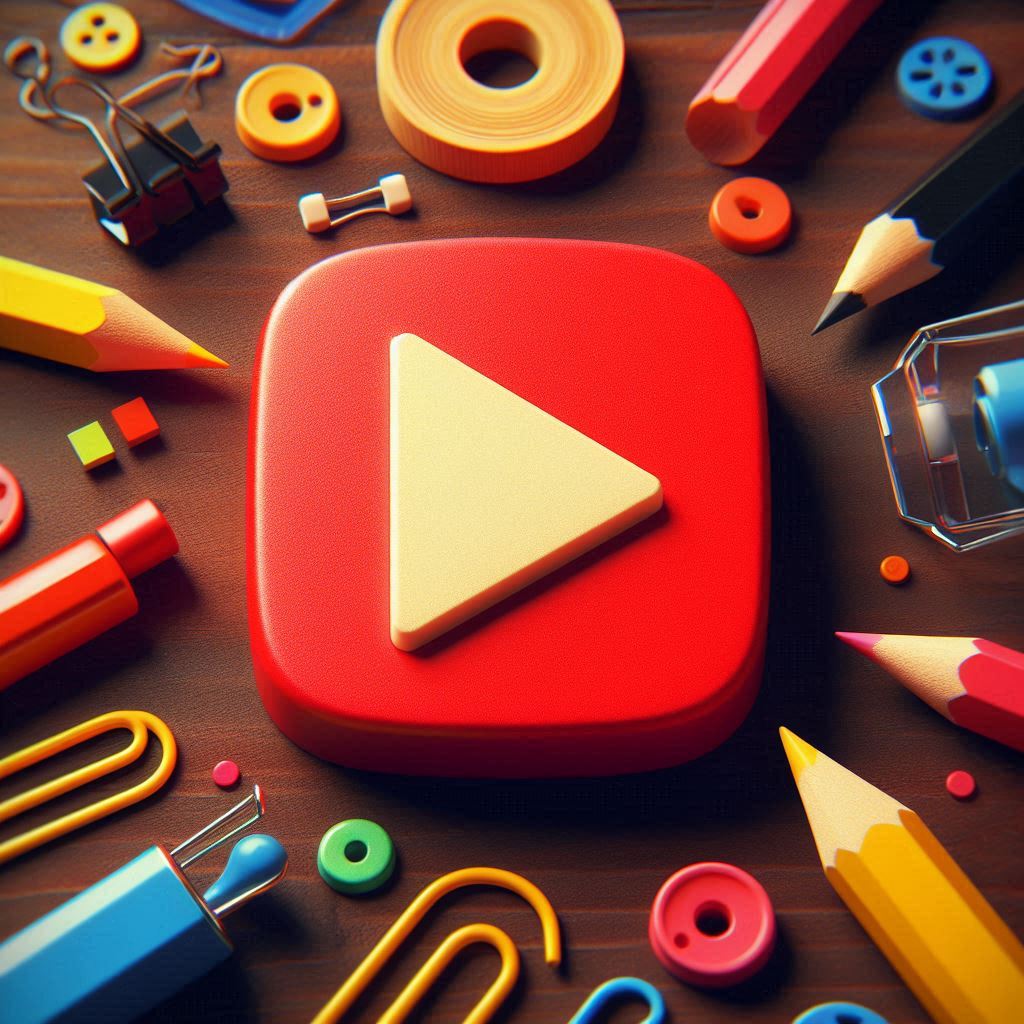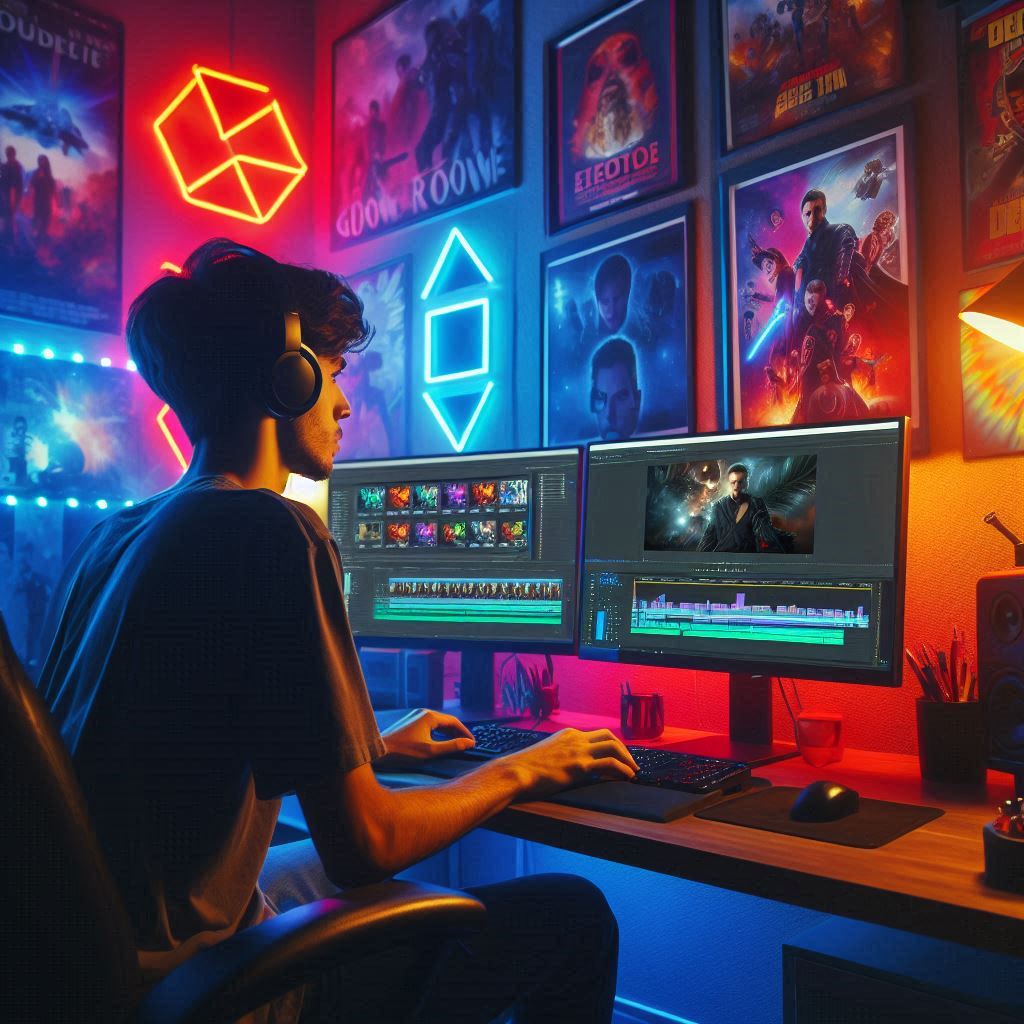How to Start Your Own Channel

YouTube has evolved from a simple video-sharing platform into a global powerhouse of content creation and consumption. With over 2.5 billion active monthly users and uploading 500 hours of video every minute, it’s no wonder so many people are eager to start their own channel Whether you want to share your passion, build a brand, or even you start a new business, this guides you It will help you navigate the world of YouTube and set you up for success
Understanding YouTube: The Basics

YouTube is a platform that allows users to upload, share and watch videos. It’s a diverse ecosystem, encompassing everything from DIY tutorials and vlogs to music videos and tutorials. The platform is accessible through websites and mobile apps, making it a destination for millions of viewers worldwide.
1. Channels: Personal accounts where creators post. Each channel can have its own brand and niche.
2. Playlists: A collection of videos grouped by subject or topic.
3. Subscriptions: Users can subscribe in various ways and receive updates when new content is uploaded.
4. Money: Channels let you earn money through advertising, subscriptions, super chat, and more.
Planning Your Channel

Before diving into video creation, it’s crucial to plan your channel thoroughly.
a. Define Your Niche
Your niche is a specific area or topic that your channel focuses on. Cooking can be anything from travel to tech reviews or personal finances. Choosing a niche helps you target a specific audience and build a community around your content.
b. Research Your Audience
Understanding who your target audience is will inform your content. Consider their age, interests, and perspective. Tools like Google Trends and YouTube Analytics can give you insights into what’s popular in your chosen niche.
c. Set Goals
What do you want to achieve with your channel? Is your goal to educate, entertain, or inspire? Setting clear and measurable goals will help guide your content creation and help you stay focused.
Creating Your Channel



a. Setting Up Your Account
You will need a Google account to create a YouTube channel. Once you have it, you can set up your channel:
a. If you go to YouTube and click on the user icon.
b. Select “Your Channel” and then “Create Channel”.
c. Editing your channel name, description, and profile picture.
b. Branding Your Channel
Branding is essential to success. Your channel should have a uniform look and feel, including:
a. Channel Art: This includes your profile picture and banner. Use high-quality images that reflect your brand.
b. Channel Description: Write a compelling description explaining what your channel is about and what viewers can expect.
c. Intro and Outro: Create engaging intros and outros for your videos to reinforce your brand and make your content more memorable.
c. Content Creation

While you don’t need top-of-the-line equipment to get started, good planning can make a difference. At least consider:
a. Camera: A decent web browser or smartphone camera can work for beginners.
b. Microphone: Clear audio is important. Invest in a quality microphone to ensure the quality of the sound.
c. Lighting: Proper lighting enhances video quality. Natural light or an inexpensive softbox light can make a big difference.
d. Editing software: Tools like Adobe Premiere Pro, Final Cut Pro, or free products like DaVinci Resolve can help you professionally edit your video.
d. Planning Your Content
Brainstorm a posting schedule and content calendar for your video. Consistency is key on YouTube, so make it a point to post regularly. The types of issues to consider are:
a. Learning and how to make videos: Share your knowledge on a topic.
b. Vlogs: Document your daily life or special events.
c. Review and unboxing: Provide insights into products or services.
d. Educational Content: Provide valuable information or insight on a specific topic.
e. Filming and Editing

When filming, make sure you have good lighting, clear audio and a clean background. Focus on making interesting and beautifully produced videos in editing. Include things like intros, transitions and music to enhance the visual experience, but avoid too much.
f. Uploading and Optimizing Videos
a. Uploading
To upload a video, click the camera icon on YouTube’s homepage, select “Upload video,” and follow the instructions. Include catchy titles, descriptions and tags to help your video reach the right audience.
b. Optimization
Optimizing your video for search can help get them noticed. Key techniques include:
i. Headline: Use a clear and descriptive headline with appropriate keywords.
ii. Description: Write a detailed description with keywords and include links to related articles.
iii. Tags: Use appropriate tags to help YouTube understand the content of your video.
iv. Thumbnails: Create eye-catching customized thumbnails that attract viewers.
c. Engaging with Your Audience
Respond to comments, seek reviews, and engage with viewers on social media. Building a community around your channel creates loyalty and encourages more interaction.
g. Analyzing Performance
YouTube offers powerful analytics tools to monitor your channel’s performance. Check parameters such as:
i. Monitoring and timing: Measure how well your content is performing.
ii. Customers: Track your progress and audience engagement.
iii. Traffic sources: Understand where your ideas come from.
iv. Audience retention: Analyze how long viewers watch your video.
h. Monetization and Growth

Once your channel gains traction, you can explore different monetization options:
i. YouTube Partner Program: Earn money from ads displayed on your videos.
ii. Channel Subscriptions: Offer exclusive content and benefits to paying subscribers.
iii. Merchandising: Sell branded merchandise to your audience.
iv. Sponsorship: Involves partnering with brands to create sponsored content.

Growth Strategies:
- Collaborate with other creators: Extend your reach by collaborating with other YouTubers.
- Promote on social media: Use platforms like Instagram, Twitter and Facebook to drive traffic to your channel.
- Trend Analysis: Stay aware of trends and optimize your content to stay relevant.

Starting a YouTube channel is an exciting task that requires planning, creativity and dedication. By understanding the platform, defining your niche, and consistently producing high-quality content, you can build a successful strategy and reach a global audience. Embrace the journey, keep learning, and most importantly, enjoy interacting with the viewers.
